The content of the article
Low back pain is a symptom known to many. He may appear in a representative of any gender and age. Pain may indicate damage to the musculoskeletal system, spinal cord, kidneys, pelvic organs, or abdominal cavity. It can be weak or very intense, sharp, aching, stitching or shooting. Treatment depends on the type of pain and the causes that cause it.
Causes
It is very important to find out the etiology of pain in time. First of all, it is worth noting the nature of the pain and the time of its appearance. In addition, it is necessary to establish its relationship with physical activity, eating, going to the toilet. It is also important for women to trace the relationship between the menstrual cycle and the onset of pain.
The causes of back pain can be as follows:
- Neurological problems. Most often, osteochondrosis and related disorders of the innervation of the lumbar region are manifested.
- Pathology of skeletal muscles. Myositis is as common as osteochondrosis and also causes pain.
- Kidney disease. The kidneys are located in the retroperitoneal space, that is, closer to the back than to the anterior abdominal wall. That is why kidney disease can be accompanied by lower back pain.
- Pathology of internal organs located intraperitoneally. Sometimes, but not often, back pain manifests diseases such as appendicitis and cholecystitis.
- Pathology of the pelvic organs. Especially often, this manifestation of inflammation in the pelvis appears in women.
Each of the diseases leading to lower back pain should be examined in more detail.
Osteochondrosis
Osteochondrosis is a metabolic pathology of the spine, in which the structure of the intervertebral discs is disturbed. There is an opinion that after 27 years this condition is a normal age-related change and occurs in almost everyone.
Problems arise due to the fact that the intervertebral disc loses its elasticity and ability to resist stress. At the same time, it begins to go beyond the bodies of the vertebrae. In close proximity to the vertebral bodies are the roots of nerves emerging from the spinal cord. The disk squeezes these nerves and there are unpleasant sensations. This complication of osteochondrosis is called radiculitis.
Osteochondrosis can occur in any part of the back, but most often it affects the lumbar. This happens because the load on the spine in this part is maximum and protrusion of the discs is more common.
By nature, the pain that occurs with radiculitis caused by osteochondrosis can be different. There are three types of it:
- Lumbago. It is also called "lumbago." This is a sharp and very intense acute pain that occurs in the lower back at the time of physical activity. Such pain subjectively really looks like a shot. It forces stop physical activity. However, lumbago passes quite quickly, in a few seconds or minutes.
- Lumbalgia. Such pain is less in intensity, but longer in duration. It also occurs during physical exertion, but not immediately, but gradually. Such pain can develop for several hours. She is aching in nature. Lumbalgia continues for several days and significantly reduces exercise tolerance during this period of time.
- Sciatica. Its difference from the past look is that in addition to the lower back, the leg also hurts. As a rule, this is a unilateral lesion, but bilateral pain is also possible. Luminal ischialgia has a long pulling character. It develops gradually and, as it were, descends from the lower back to the thigh. Such pain can lead to temporary lameness.It also passes in a few days.
If osteochondrosis occurs, consult a neurologist.
Myositis
Pain for this reason was experienced by almost everyone. This is exactly what the people sounds like “slipped through” or “back pouted”. The terms are not medical, but the principle of pain in general is described correctly.
In this case, exposure to cold air or cold objects on the lumbar region leads to inflammation of the muscles located here. The fact is that the muscular apparatus of the back is very well developed and any pathological processes in it can simultaneously damage many anatomical structures.
Firstly, the muscle itself hurts due to inflammation. Its fibers increase due to edema and compress the nerve endings that innervate this muscle. Secondly, in the immediate vicinity of the muscles are the very nerve roots that are already turning into nerve trunks. Their defeat can lead to prolonged irradiating pain.
Inflammation can pass from the muscle to the nerve trunk itself, which will lead to the spread of pain to the overlying or underlying parts of the back or internal organs. It is also better to treat myositis with a specialist.
Kidney disease
Due to the close proximity of the kidneys to the back, pain when they are affected radiates precisely to the lower back. At the same time, painful sensations can lead to the thought of a certain kidney disease.
For example, urolithiasis is accompanied by very sharp unbearable pain in the lower back. It is also called colic. Most often, it occurs after or during urination. Such pain can be so intense that it leads a person into a state of emotional arousal and forces them to perform unmotivated actions. For example, during an attack, a person may begin to run around the room or make other sudden movements. They are justified by the fact that under load the stone changes its position in the urinary tract and the pain decreases.
Also, pain can occur with pyelonephritis. In this case, it has a less intense but longer duration. Pyelonephritis is a purulent inflammation of the pyelocaliceal system of the kidneys. In addition to pain, fever, weakness and malaise appear. With pyelonephritis, a positive symptom of Pasternatsky (striking). The pain can be one-sided or two-sided.
Nephrologists are treating renal pathology. A visit to them is better not to delay in order to avoid complications.
Diseases of other organs
The pathology of the internal organs located intraperitoneally is very rarely accompanied by lower back pain. The stomach hurts more often. However, with inflammation of the atypically located appendicular process, when it is deployed so that it is located behind the cecum, the pain will be in the lower back. This is important to know because in this case there may not be any pain in the abdomen. The man himself most often does not even realize such anatomical features of his organs.
With cholecystitis, pain often occurs in the hypochondrium on the right. However, due to certain structural features of the gallbladder, it can also radiate to the lumbar region. Also, this symptom may appear with pancreatitis. In this case, pain is associated with eating. Most often occurs after eating fried or fatty.
In women, lower back pain can occur as the equivalent of menstrual pain in the abdomen or with inflammation of the reproductive system. For example, adnexitis or oophoritis is manifested in this way. Often this symptom appears during pregnancy. This is due to excessive load on the spine, possible pyelonephritis or fetal pressure on the nerve endings of the lumbar region.
How to get rid of such pain
First of all, it is necessary to determine the cause of the pain. This can only be done with the help of an appropriate specialist and after passing a series of examinations.Most often, it is necessary to do an X-ray, MRI or CT scan of the bones of the spine and spinal canal. It may also require an ultrasound of all organs in which the above pathology may develop.
Osteochondrosis is treated by giving a special position to the back and spine, limiting physical activity and special exercises. Also good for this pathology is spinal swimming. Pain can be reduced with NSAIDs taken orally or externally.
With myositis, it is also necessary to take NSAIDs and apply them to the lumbar region where pain occurs.
Urolithiasis and pyelonephritis should be treated by a doctor. In the first case, it can be a dissolution of stones with a medical method or surgical removal. In the second case, antibiotics and uroseptics are prescribed.
Appendicitis is most often treated with surgery. Surgical aid can also be resorted to for cholecystitis and pancreatitis, but more often these pathological conditions are treated conservatively. Prescribe NSAIDs, enzymes and bile acid substitutes.
Pelvic diseases are treated by a gynecologist. Such therapy can also be medical or surgical, depending on the type of pathology.
Thus, we can conclude that lower back pain is a symptom that can occur both with damage to the spine and its surrounding muscles, and with diseases of various internal organs. You can try to treat the pain yourself by starting with NSAIDs and reducing physical activity. However, it is recommended to consult a doctor for timely detection of pathology.
Video: how to quickly eliminate acute lower back pain

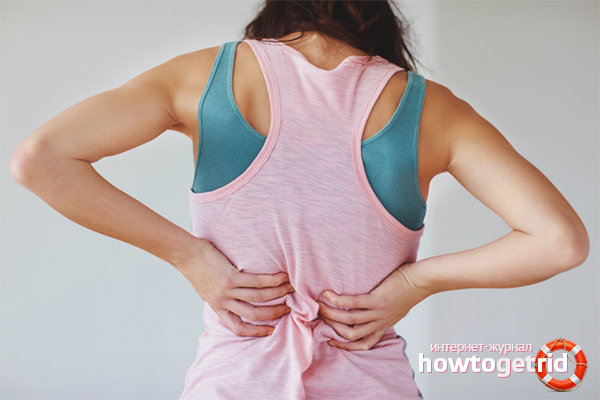
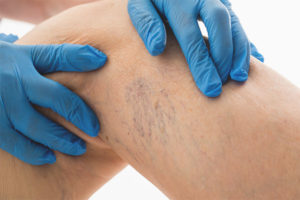
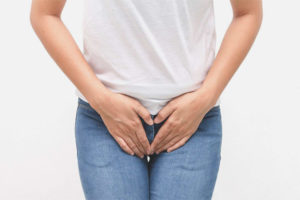
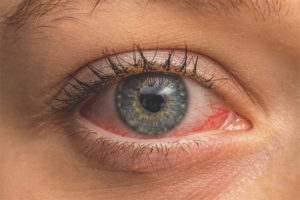
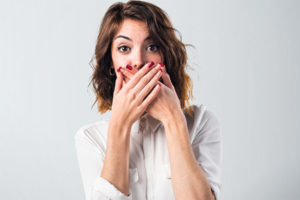
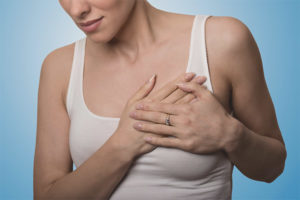
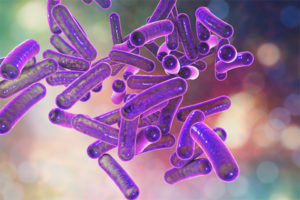
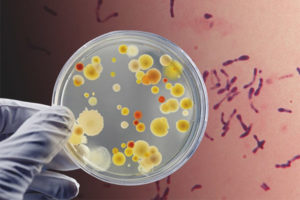

Submit